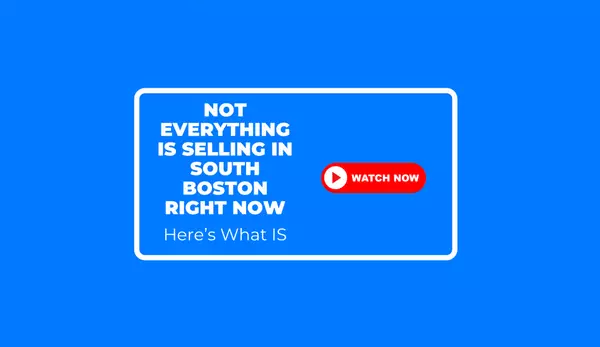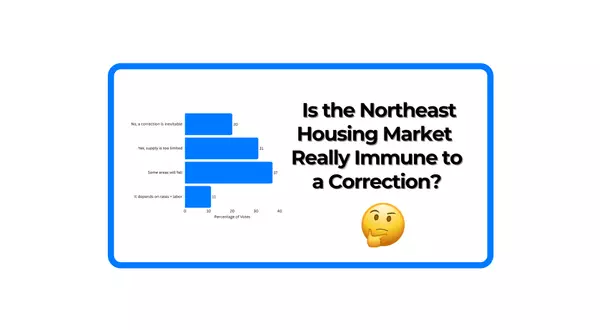Housing in 2025: Key Trends to Pay Attention To
Here’s a staggering stat I keep going back to. The US added more debt in the past 4 years than in the previous 200 years combined. 🤯
What does that mean for housing and the economy? I am not sure, but here are some key housing indicators to watch:
Housing in 2025: Key trends to pay attention to
1.) Residential construction job losses – Historically, these have been a leading signal of recessions. While we haven’t seen significant losses yet, it’s a trend worth monitoring closely. I am personally seeing a drastic slow down in Boston based on permit activity and discussions on the ground.
2.) Manufacturing jobs – A slowdown here often reflects broader economic challenges, and with restrictive borrowing costs, the job market could weaken further.
3.) Corporate refinances in 2025 and overall credit conditions – $1+ trillion in corporate debt is set to mature in 2025. Risks seem to have lessened, but lower-rated borrowers are getting squeezed. With interest rates still more restrictive, refinancing could strain balance sheets, potentially triggering a broader global economic contagion.
4.) Mortgage rates and affordability – With rates at their highest levels in over two decades, home affordability remains a major hurdle, keeping many buyers on the sidelines and cooling demand.
5.) Housing inventory – Low inventory has kept prices stable despite rising rates, but if job losses accelerate or demand weakens further, this could shift.
2025 is shaping up not to disappoint and be an interesting and pivotal year for housing.
Where do you see housing heading in 2025?
What does that mean for housing and the economy? I am not sure, but here are some key housing indicators to watch:
Housing in 2025: Key trends to pay attention to
1.) Residential construction job losses – Historically, these have been a leading signal of recessions. While we haven’t seen significant losses yet, it’s a trend worth monitoring closely. I am personally seeing a drastic slow down in Boston based on permit activity and discussions on the ground.
2.) Manufacturing jobs – A slowdown here often reflects broader economic challenges, and with restrictive borrowing costs, the job market could weaken further.
3.) Corporate refinances in 2025 and overall credit conditions – $1+ trillion in corporate debt is set to mature in 2025. Risks seem to have lessened, but lower-rated borrowers are getting squeezed. With interest rates still more restrictive, refinancing could strain balance sheets, potentially triggering a broader global economic contagion.
4.) Mortgage rates and affordability – With rates at their highest levels in over two decades, home affordability remains a major hurdle, keeping many buyers on the sidelines and cooling demand.
5.) Housing inventory – Low inventory has kept prices stable despite rising rates, but if job losses accelerate or demand weakens further, this could shift.
2025 is shaping up not to disappoint and be an interesting and pivotal year for housing.
Where do you see housing heading in 2025?
Categories
Recent Posts

Good News in a Tough Real Estate Market

Not Everything Is Selling in South Boston Right Now. Here's What Is.

Everyone’s Talking About Interest Rates- Most Are Getting It Wrong

Attention Landlords: 2 Costly Mistakes You DO NOT Want to Make

Is the Northeast Housing Market Really Immune to a Correction?

From FOMO to Facts: A Summer Shift in the Housing Market Peak?

The Multifamily Math Isn’t Adding Up Anymore

Why 2021 Real Estate Advice Will Fail You in 2025

What's Really Driving the Housing Crisis? Poll Results Are In!

What Are Sellers Getting Wrong in Today’s Market?

